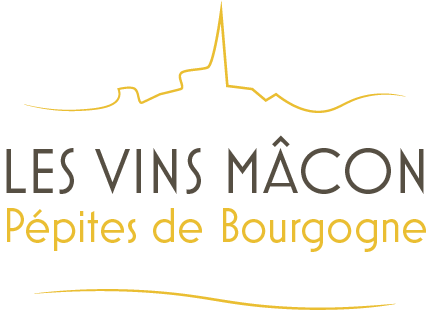Mâcon-Loché
The wines
White wines
A lovely white gold color with hints of silver, Mâcon-Loché wines have an expressive and sophisticated nose. They reveal sweet notes of licorice and sour hard candies, yellow-fleshed fruit like peaches, and quince cheese. Pleasant and uplifting, they evolve to reveal notes of vanilla, spices, and beeswax, bringing complexity to these wines, especially when they are aged in wood. The attack is forthright, and they are mouthwatering on the tongue. These are very representative of Mâcon wines, both charming, and very promising.
Colors
Production

mâcon-Loché
An additional geographical denomination that is part of the Régionale Mâcon appellation in the Mâconnais.
According to the 2005 specifications rules, the name Mâcon-Loché refers to white wines grown within a defined area in the village of Loché.
Situation
Extending north to the Petite Grosne, the Mâcon-Loché appellation sits on the last southerly rises of the Saône plain. To the south, it neighbors the vines of Mâcon-Vinzelles, while to the west, the village center and its church mark the start of Pouilly-Loché.
Without the Loché appendage, Mâcon might not necessarily be connected with wine production. Despite the huge négociants’ cellars (now converted to performance venues) that bear witness to its history in the wine trade, thanks to its port and railway line that entered into service in 1855, the evolution of its contemporary urban role almost makes us forget that Mâcon also contributed to wine production until the 1950s. The town center was home to enough plant nurseries and winegrowers in 1929 to found its own cooperative cellar. Since the two names were attached in 1972, Loché has anchored Mâcon to this long tradition.
Terroir
Level 1
From the bottom of the hillside, not far from the TGV railway station, to the church of Saint John the Evangelist, the vines of the Mâcon-Loché appellation climb up the shallow slope as it leaves the plain of the Saône at between 190 and 220 meters above sea level. At this southern point of the Mâconnais, the hot southern weather is similar to that found in the vineyards of Vinzelles and Chaintré.
Level 2
The eastern foothills of the Mâconnais, made up of sand from the Saône, continue towards the terraces of ancient alluvium formed by materials accumulated at the end of the alluvial cone of the Petite Grosne. It was sculpted during the last ice age some 100,000 years ago. The pebbles and limestone scree from soils of varying depth mask the base of the Bajocian slope, which dates back 170 million years, which, higher up, is composed of the substrate of the Pouilly-Loché appellation.

